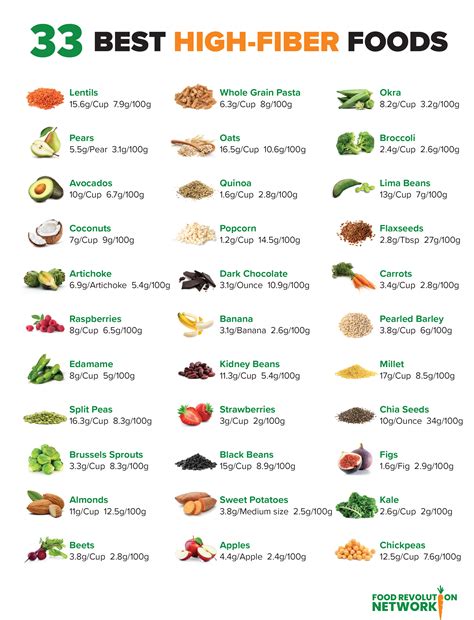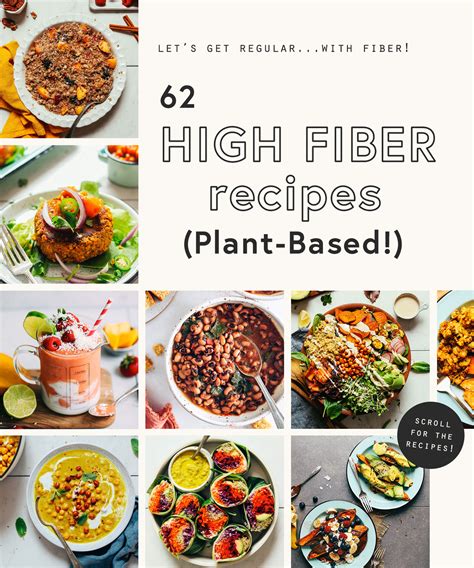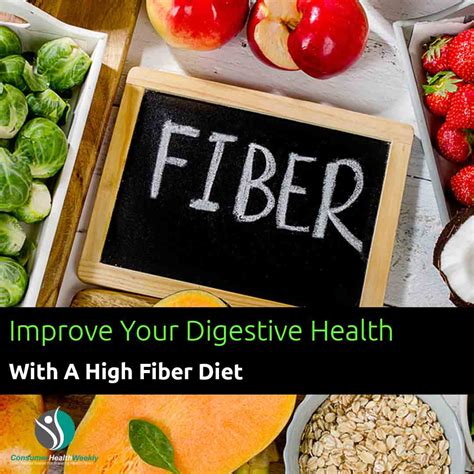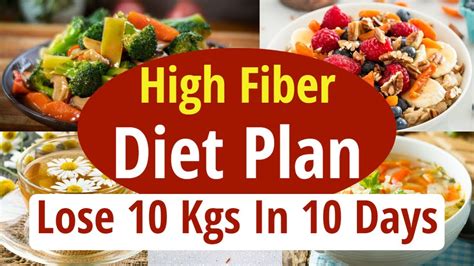Intro
Boost digestive health with 7 high fiber foods, including fruits, vegetables, and whole grains, rich in dietary fiber, soluble fiber, and insoluble fiber for a healthy gut and balanced nutrition.
Eating a diet rich in fiber is essential for maintaining good health. Fiber helps to promote digestive health, prevent constipation, and support healthy blood sugar levels. It can also help with weight management and reduce the risk of chronic diseases such as heart disease and certain types of cancer. Despite its many benefits, many people do not consume enough fiber in their diets. The daily recommended intake of fiber is 25-30 grams per day, but the average person only consumes about 15 grams per day. One of the best ways to increase your fiber intake is to eat more high fiber foods.
Incorporating high fiber foods into your diet can have a significant impact on your overall health and wellbeing. High fiber foods are typically rich in nutrients and low in calories, making them a great addition to a weight loss diet. They can also help to reduce inflammation and improve immune function. With so many delicious and nutritious high fiber foods to choose from, it's easy to get started. From fruits and vegetables to whole grains and legumes, there are many tasty and convenient ways to boost your fiber intake.
A high fiber diet can also help to support healthy gut bacteria. The gut microbiome plays a crucial role in our overall health, and a diet rich in fiber can help to promote the growth of beneficial gut bacteria. This can have a range of benefits, including improved digestion, boosted immune function, and even mental health benefits. With the many benefits of a high fiber diet, it's no wonder that more and more people are looking for ways to incorporate more fiber-rich foods into their meals. Whether you're looking to improve your digestive health, support healthy weight loss, or simply feel more energized and focused, eating more high fiber foods is a great place to start.
Introduction to High Fiber Foods

Benefits of High Fiber Foods
Some of the key benefits of high fiber foods include: * Promoting digestive health and preventing constipation * Supporting healthy weight loss and weight management * Reducing the risk of chronic diseases such as heart disease and certain types of cancer * Supporting healthy blood sugar levels and improving insulin sensitivity * Promoting the growth of beneficial gut bacteria and supporting immune functionTop 7 High Fiber Foods

How to Incorporate High Fiber Foods into Your Diet
Incorporating high fiber foods into your diet can be easy and delicious. Here are some tips to get you started: * Start your day with a high fiber breakfast such as oatmeal with fruit and nuts * Snack on high fiber foods such as fruits, vegetables, and legumes * Add high fiber foods to your meals such as whole grains, beans, and lentils * Experiment with new high fiber foods and recipes to keep your diet interesting and variedHigh Fiber Food Recipes

Tips for Increasing Fiber Intake
Here are some tips for increasing your fiber intake: * Eat a variety of fruits and vegetables * Incorporate whole grains into your meals * Add legumes to your meals such as beans, lentils, and peas * Snack on high fiber foods such as nuts, seeds, and dried fruit * Drink plenty of water to help fiber move through your digestive systemFiber and Digestive Health

Benefits of a High Fiber Diet for Digestive Health
Some of the key benefits of a high fiber diet for digestive health include: * Promoting regular bowel movements and preventing constipation * Supporting the growth of beneficial gut bacteria * Reducing inflammation and improving symptoms of IBS * Helping to prevent diverticulitis and other digestive disordersFiber and Weight Loss

How Fiber Can Help with Weight Loss
Here are some ways that fiber can help with weight loss: * Helping to reduce hunger and increase feelings of fullness * Slowing down the digestion of food and reducing the spike in blood sugar and insulin levels * Supporting healthy gut bacteria and improving immune function * Providing a feeling of satisfaction and reducing the likelihood of overeatingConclusion and Final Thoughts

We invite you to share your thoughts and experiences with high fiber foods in the comments below. Have you noticed any benefits from increasing your fiber intake? Do you have any favorite high fiber recipes or tips for incorporating more fiber into your diet? Share your story and help inspire others to make the switch to a high fiber diet.
What is the daily recommended intake of fiber?
+The daily recommended intake of fiber is 25-30 grams per day.
What are some high fiber foods that are easy to incorporate into my diet?
+Some high fiber foods that are easy to incorporate into your diet include fruits, vegetables, whole grains, and legumes.
Can a high fiber diet help with weight loss?
+Yes, a high fiber diet can help with weight loss by reducing hunger and increasing feelings of fullness, as well as slowing down the digestion of food and reducing the spike in blood sugar and insulin levels.
